Dados do Trabalho
Título
EXPERIENCE OF A PEDIATRIC SERVICE IN THE STATE OF SÃO PAULO REQUESTING AND RECEIVING UNRELATED HEMATOPOIETIC STEM CELLS
Introdução
A major challenge for transplant centers is the graft acquisition when a compatible unrelated donor is chosen for the procedure. In addition to the complex logistics that involve several critical steps and the need of an experienced multidisciplinary team, another important challenge is the variability of hematopoietic stem cell collection methods that may or may not compromise neutrophil engraftment.
Objetivo
The objective of this study is to describe the experience receiving unrelated hematopoietic stem cell (HSC) products in a single pediatric center.
Método
Collected through specific forms from the Registry of Voluntary Bone Marrow Donors and data from the Cell Processing Center.
Resultados
A total of 179 stem cell products have been received to date (December 2009 to April 2024) coming from national (n=144) and international (n=35) institutions to treat leukemias (n=129) and benign hematological diseases (n=50). Most collections were performed within our southeast region (65%) and most international collections came from Europe (68%). Only six grafts could not be infused fresh and were cryopreserved for later use. The bone marrow was the predominant stem cell source (n=163). The unrelated donor activity progressively increased until 2019, the year with 21 transplants, but during the COVID19 pandemic dramatically decreased to 12 and 3 collections .The number of unrelated transplants is increasing again but with a high rate of refusal or significant delays of marrow collections on top of the national shortage of marrow collection bags and therefore, many peripheral blood (PBSC) collections have been accepted, although they are not our first choice. The unrelated donor transplants are 20% of our current transplant activity and 40% of the allogeneic ones. The cell number of 33/163 (20%) marrow collections were lower than the 5x108 leukocytes/kg requested, median 3.9x108/kg (1.2-4.8). Of the 14 PBSC products, the lowest cellularity requested was 5x106CD34/kg and only two collections were lower than that, 2.3 (Brazilian) and 3.7x106 CD34/kg (international). Today, 64% of the patients remain alive.
Conclusão
In the past 15 years, with the 179 grafts received for unrelated donor transplants, we can describe a satisfactory graft most of the time, but worrisome significant delays and a shift from marrow to PBSC collections, that are known to have a higher chance of severe chronic graft versus host disease and negatively impact of the children’s quality of life.
Área
Transplante de células tronco hematopoiéticas
Categoria
Categoria Multiprofissional
Autores
Ana Caroline Lima Alves, Mayara Regina Alves Gomes Gomes, Aline Silva Ramos, Adriane Silva Santos Ibanez, Camilla Margarida Maria Parrode, Cintia Monteiro Lustosa, Gustavo Zamperlini, Maite Freire Cardoso, Lais Lima Quintino, Maria Gabriela Alves Dias Matos, Luciana Santos Domingues, Valéria Cortez Ginani, Roseane Vasconcelos Gouveia, Fabrício Fedichima Hirose, Paula Gracielle Guedes Granja, Adriana Seber, Olga Margareth Wanderley Oliveira Felix
